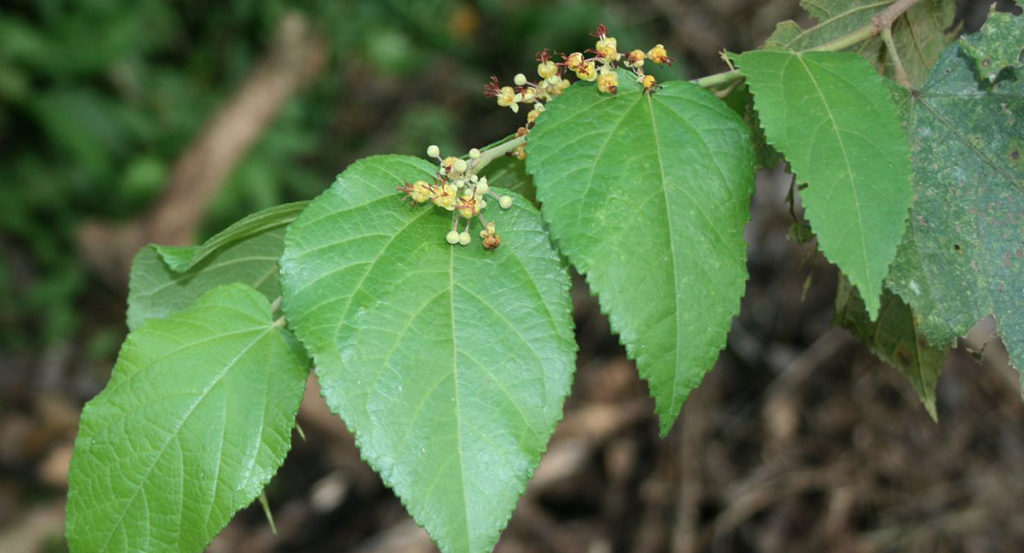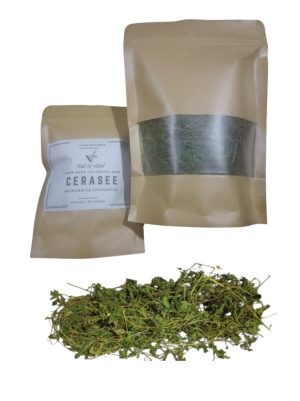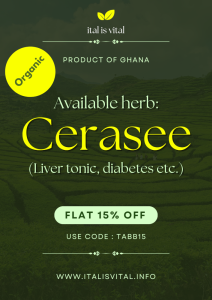Dr. Sebi spoke about using cablote poultice to help a patient with cancer of the breast. A Cablote poultice is a traditional remedy used in some Caribbean and Central American cultures. In addition to using being used for breast cancer it is used for other health issues such as to relieve pain and inflammation, particularly for sprains, strains, or sore muscles. The exact recipe may vary from region to region, but here’s a general method for making a Cablote poultice:
Ingredients:
- Cablote Leaves: Fresh Cablote (Guazuma ulmifolia) leaves.
- A Clean Cloth: A clean cloth or gauze (from natural fibers eg. cotton and wool) to wrap the poultice.
- Mortar and Pestle: Mortar and pestle (or alternative method for crushing the leaves)
- Warm Water: You may need a small amount of warm water to moisten the poultice, depending on the recipe.
Instructions:
- Harvest Fresh Cablote Leaves: Gather fresh Guazuma ulmifolia leaves. Ensure you can positively identify the plant as Cablote or West Indian Elm to avoid using the wrong plant.
- Clean and Prepare Leaves: Wash the leaves thoroughly to remove any dirt or contaminants. Pat them dry with a clean cloth.
- Crush the Leaves: Use a mortar and pestle to crush and grind the Guazuma ulmifolia leaves into a paste. If you don’t have a mortar and pestle, you can also finely chop the leaves.
- Create the Poultice: Lay out a clean cloth or gauze and spread the crushed Cablote leaves in the center. If needed, you can add a small amount of warm water to create a paste-like consistency.
- Wrap the Poultice: Fold the cloth around the paste to create a compact bundle. Ensure the poultice is secure and won’t fall apart when applied to the affected area.
- Apply to the Affected Area: Place the poultice directly on the injured or sore area, ensuring it covers the entire affected region. Make sure it’s at a comfortable temperature to avoid skin irritation.
- Secure with Bandage or Cloth: Use a bandage or another piece of cloth to keep the poultice in place. Be cautious not to wrap it too tightly to maintain proper blood circulation.
- Leave in Place: Allow the poultice to remain in place for at least an hour, or as recommended. Some remedies may suggest leaving it on overnight. Monitor your skin to avoid any adverse reactions.
- Remove and Clean: After the recommended time, remove the poultice and wash the affected area with warm water to eliminate any residue.
- Repeat as Needed: You can repeat the process as necessary, depending on the severity of the condition.
The Cablote poultice made from Guazuma ulmifolia leaves is used in traditional medicine for various purposes. While its effectiveness and safety can vary from person to person, it is believed to have the following uses:
- Pain Relief: The poultice is commonly used to relieve pain, especially for sprains, strains, and sore muscles. It is applied directly to the affected area to alleviate discomfort.
- Inflammation Reduction: It may help reduce inflammation in the body, making it useful for inflammatory conditions like arthritis or joint pain.
- Skin Conditions: The poultice is sometimes applied to the skin to address skin conditions such as rashes, insect bites, or minor burns.
- Wound Healing: In some cases, it is used to promote wound healing by providing a protective and soothing layer to minor cuts, abrasions, or skin irritations.
- Muscle Relaxation: The warmth and natural properties of the leaves may help relax muscles and reduce tension in the affected area.
- Traditional Healing: In some cultures, Cablote poultices are seen as traditional remedies, and they are used as part of the local healing tradition for a variety of health complaints.
Other parts of the cablote plant is used including bark, root, flowers, and fruit.














